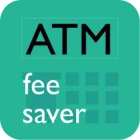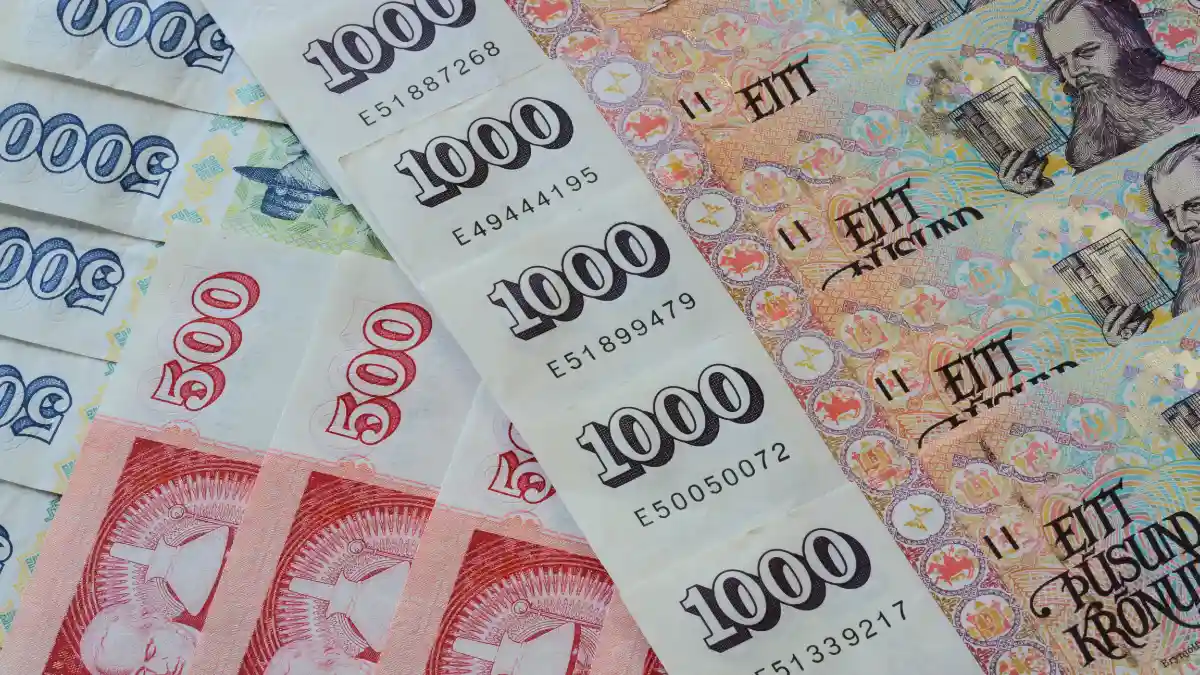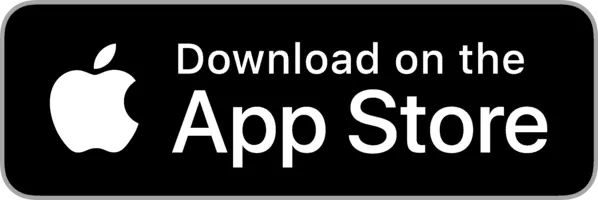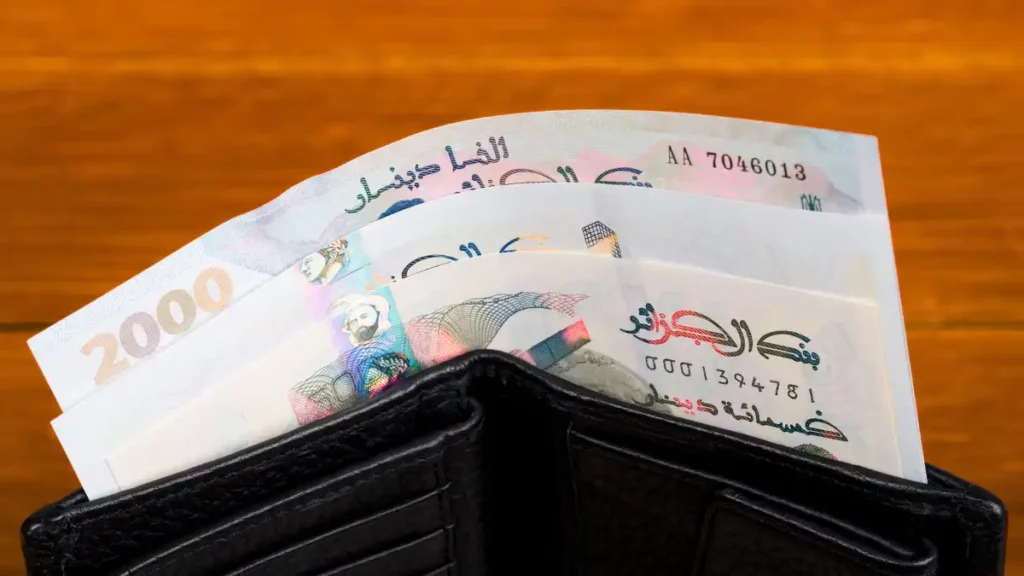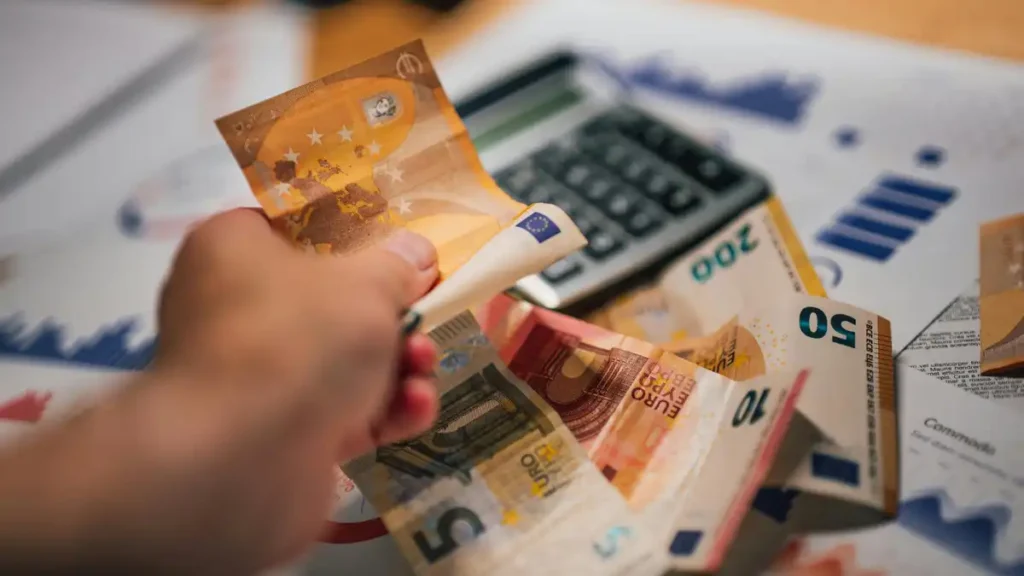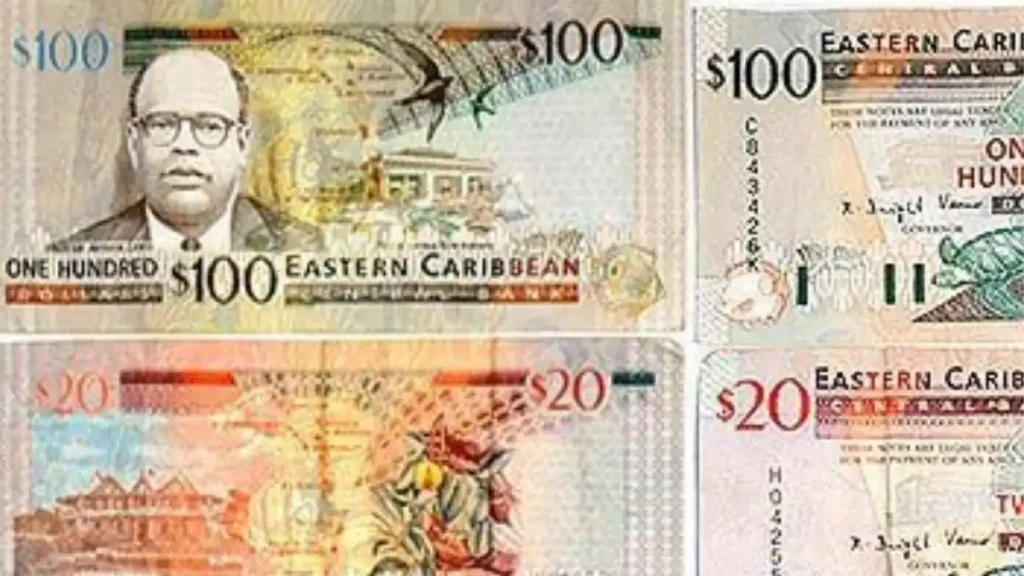Iceland’s majestic landscapes and progressive culture make it an unforgettable destination-but so do its high prices. Understanding money in Iceland is crucial for budgeting your trip. The Icelandic Króna (ISK) is the official currency, and Iceland is one of the most cashless societies in the world-credit and debit cards are accepted almost everywhere, from gas pumps to hot dog stands. That said, some travelers still prefer a small amount of cash for emergencies. This guide explains how to navigate currency in Iceland, what to expect with payment systems, and how to avoid unnecessary fees.
How to pay in Iceland – cash or card?
Iceland is one of the most card-friendly countries in the world, with virtually all businesses accepting credit and debit cards, from hotels and restaurants to taxis and buses. Cash is rarely needed, but having a small amount may be useful for very minor purchases or in remote areas.
You can use cash for:
- Small purchases (if you really want to, but almost no one uses cash)
- Some remote hot spring entries or unmanned parking meters (rare)
You can use card for:
- Budget hotels
- Hostels
- 4 and 5 star hotels
- Local and large tour operators
- Shopping at malls and even small shops
- Tips and gratuities (usually included, but tipping via card is supported)
- Entry fees to museums, geothermal spas, parks
- Local buses (cards or digital apps accepted)
- Local taxis / App based taxis
- Local trains (limited rail system)
- Airport transport (Flybus, taxis, all accept cards)
- Street food
- Small eateries / restaurants
- Sit-down restaurants
- Upscale restaurants
- Online bookings for upscale hotels, flights, tours
- Spas (Blue Lagoon, etc.)
- Tailoring services
- Vehicle renting
- Emergency medical clinics / pharmacies
- Mobile SIM and phone top-up
- Laundry services
- Nightlife / bars
Iceland is nearly cashless. Card is king-even for hot dogs at gas stations. Carrying cash (Icelandic Króna – ISK) is unnecessary in most situations.
What’s the best currency to take to Iceland?
Accepted Currencies: Iceland uses the Icelandic Króna (ISK), with note denominations of 500, 1000, 2000, 5000, and 10000 krónur.
Use of Foreign Currencies: The local currency is almost exclusively used for all transactions within Iceland. Merchants do not usually accept US Dollars, Euros, and Pounds.
So, Icelandic Króna is the best currency to take to Iceland.
Where to get the local currency in Iceland?
In Iceland, you can get the local currency in 3 ways. These are:
ATMs, or
Currency exchange
Money transfer and local pick-up
Pro-tip: Avoid buying Icelandic Krona in your home country as it is not popular currency worldwide and exchange rates will be poor.
Types of cards to swipe in Iceland
Visa and Mastercard transactions are commonly accepted for swiping. You might also find some places that accept Amex and other cards, albeit less frequently.
Types of cards at ATMs in Iceland
When withdrawing money in Iceland, majority of the ATMs will accept Visa, Mastercard, Cirrus, Plus and Maestro cards. Some of them accept Amex, Unionpaycards. Cards such as JCB, Diners, Discover, Rupay are not usually accepted by many ATMs.
Should I exchange money before travelling to Iceland?
It’s not necessary to exchange a large amount of Icelandic Króna (ISK) before your trip, as Iceland is an almost entirely cashless society. However, having a small amount of ISK can be helpful for rare situations like tipping tour guides or small rural purchases. That said, most foreign banks do not stock ISK, and exchange rates abroad are often poor.
Instead, it’s more practical to use debit or credit cards in Iceland. Card payments are accepted everywhere-including buses, public toilets, food trucks, and even remote areas. ATMs (locally called hraðbanki) are widely available in Reykjavik, towns, and airports and accept Visa, Mastercard, Cirrus, and Plus cards. Just confirm your bank’s international fees beforehand.
If you need to exchange money, it’s better to do it at banks or authorized exchanges in Reykjavik than at the airport. But in most cases, carrying a card with low or no foreign transaction fees will suffice for your entire stay.
Where to withdraw money in Iceland
The best ATMs for foreigners to use in Iceland are those owned by popular banks such as:
- Landsbankinn
- Arion Banki
- Islandsbanki
For a detailed guide, read Cash and ATMs in Iceland.
Discover fee-free and low-fee ATMs on the ATM Fee Saver mobile app for iOS and Android. This app provides ATM PINs and details of leading bank ATMs such as ATM fees and withdrawal limits for foreign cardholders at ATMs in Iceland. Moreover, its simple fee calculator helps you determine exact withdrawal charges. You can also find cash tips and tricks on the app for 160+ countries including Iceland.
Download now from the App Store or Play Store.
Where to exchange currency in Iceland
In Iceland, you can exchange currency at banks mainly.
While Iceland is increasingly cashless, currency exchange services are still available, mainly through:
Landsbankinn Currency Exchange Desk (Keflavík International Airport)
Arion Bank exchange services (limited to main branches)
Islandsbanki (selected branches)
There are no standalone exchange bureaus in Reykjavik like in other European cities, and airport desks may offer less competitive rates.
Best practice is to withdraw cash (ISK) from ATMs using international cards, which typically offer better rates than in-person exchanges.
💡 Tip: Most payments in Iceland-including taxis, cafés, and public transport-accept cards. Only exchange a small amount of cash if needed for remote locations or tipping guides.
Pro-tips:
Stay away from airport exchanges – Poor rates
Avoid the black market – Be wary of being conned.
Include fresh notes – If your notes are damaged or dirty, you can expect to pay more or less.
Is carrying money in Iceland safe?
Yes, when travelling in Iceland, it is generally safe to carry cash around. Here are some tips to keep your cash safe while travelling in Iceland:
Some safety tips for carrying cash while travelling in Iceland are:
- Carry only the cash you need.
- Do not keep all the cash in one pocket or wallet.
- Put some cash in a safety belt or fanny pack.
- Do not flash your cash.
- When paying, do not remove or display your entire cash.
- Keep wallets preferably in front pockets.
- Cross-wear your purses if possible.
- Hold your purses, wallets and bags close and tight on crowded streets and in public trains and buses.
- When withdrawing cash, keep the cash low while you count it so people around don’t see it.
- If you’re dining alone, don’t leave your wallet / bag unattented while you go to the restroom.
- If sitting outdoors in a restaurant, don’t leave your wallets / bags on the table.
Is it better to use debit or credit cards or pay by cash in Iceland
Use a card if it is fee-free i.e. your bank does not charge any fees to swipe the card, when the merchant / POS also does not impose any extra charge to use a card, you need to use the insurance of the card, don’t want to block cash of large purchases and card’s swipe fees are lower than withdrawal fees.
Pay by cash by withdrawing cash from ATM or exchanging currency where – fees on ATM withdrawals are lesser than fees on swiping cards, you don’t want to leave any digital footprint of your expenses, it is convenient and easier to conduct transactions.
